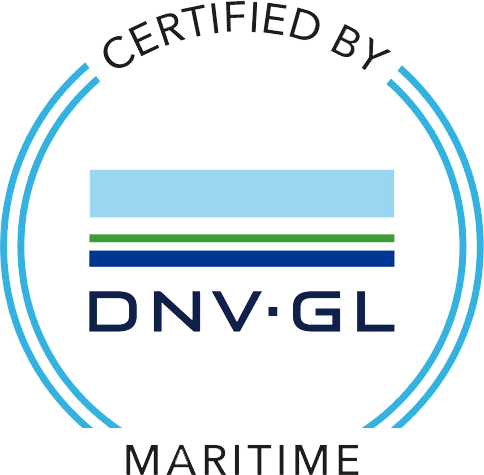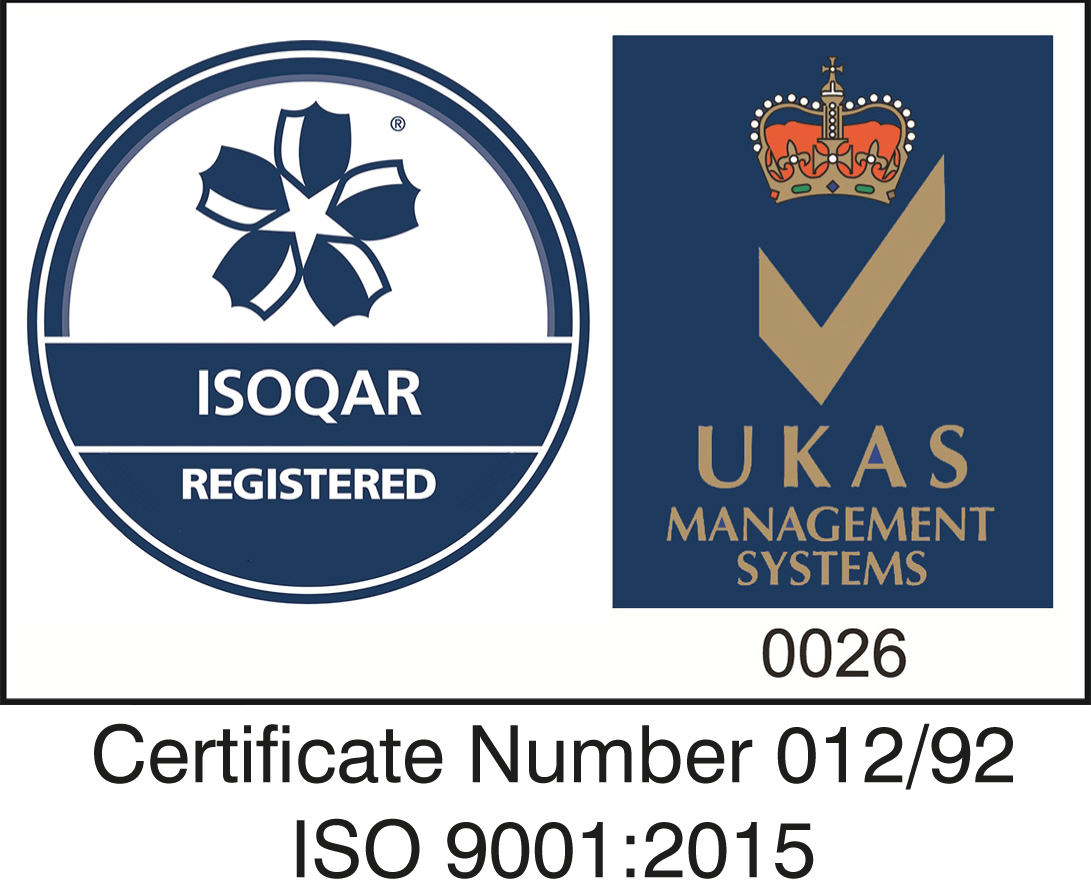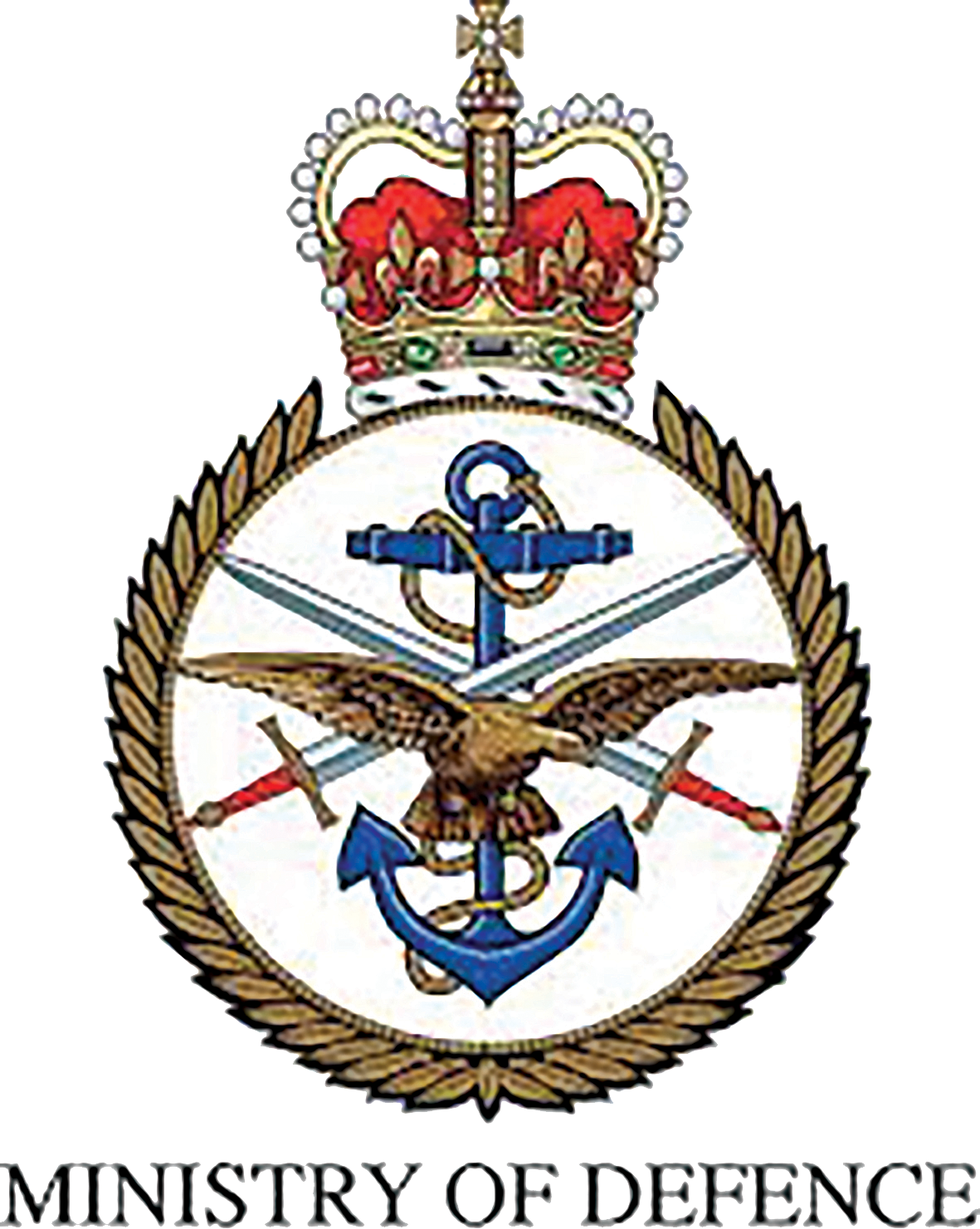7 everyday things that use hydraulics
Hydraulic systems are widely used in major industrial applications, favoured for their efficiency, accuracy, adaptability, and ability to generate substantial amounts of power.
It’s not uncommon to believe that hydraulic systems are simply used to power heavy-duty construction machinery or quarrying equipment. However, hydraulics aren’t just found on industrial sites and actually operate much of the technology and machines we come across on a daily basis.
Here are 7 examples of hidden hydraulics which can be found all around us:
Theme park rides
The last time you visited an amusement park or your local funfair, hydraulics were everywhere. From the iconic Ferris wheel to the exhilarating roller coasters and fear-inducing drop-tower rides, we have a lot to thank hydraulics for – we couldn’t experience these adrenaline rushes without this technology.
Theme parks and funfairs rely heavily on hydraulics to keep their rides operational and most of all, safe. Hydraulic systems can handle a substantial amount of force and repetitive motion. This makes being able to shoot riders up in the air at lightning speed and drop them back down to earth possible in the first place.
More importantly, they can do this with great precision and accuracy. The fear of the unknown is one of the main reasons we find rides so enjoyable, as they give us that short burst of adrenaline from not knowing what’s around the corner. However, hydraulics ensure that any spin, push, pull and lift motion is delivered with a high level of control in a way that is safe for riders and can be slowed down in a controlled manner.
Aside from generating power and controlling motion, hydraulics are also used in many different safety elements on rides. Too often is the feeling that you might just slip out of your seat, but hydraulics make sure you’re securely fastened in with the automatic lowering and locking of safety bars or harnesses.

Film sets
Today’s entertainment industry is more sophisticated than ever before. Whilst new technology has contributed to the upgraded films we see today, age-old technology in the form of hydraulics also has a huge part to play.
Hydraulic equipment is commonplace on film sets, used to facilitate many different aspects of bringing the finished product together. For example, hydraulic lifts can make simple tasks such as moving lighting rigs into place and quickly adjusting the height of filming platforms easier. Hydraulic cylinders can also be used to control the movements of props and structures in a safe and controlled manner.
On the more exciting side of things, hydraulics are also used to make weird and wonderful things happen. Those special effects you see in your favourite action films? Chances are, they were achieved with the help of hydraulic technology.
Complex scenes of falling objects can be captured with hydraulic camera arms at high speeds and accuracy, and motion sequences can be controlled to create an illusion. Believe it or not, the dramatic ship rocking scenes in the film Titanic were aided by the use of hydraulic power units.
Bakeries
Who knew that hydraulics had a part to play in our freshly baked loaves of bread and sweet treats?
Dough dividers are powered by hydraulics, which work to divide high volumes of dough into equal sizes. These machines are usually fitted with a knife to cut the dough which is powered by hydraulic pistons.
Bakeries also utilise hydraulic technology to produce bread and pastries in bulk ready to sell, with machines allowing them to be lifted, flipped and moved along conveyor belts for packaging.
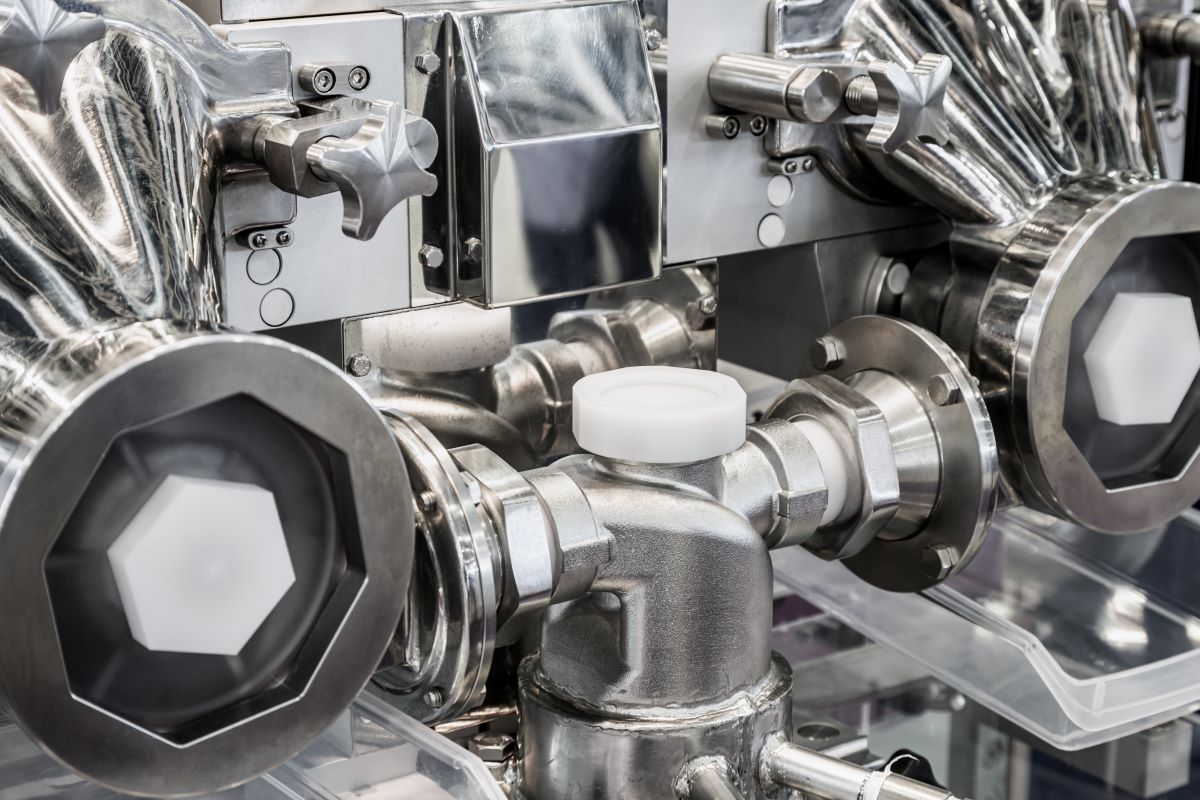
Doors
Each time you come across a slow-closing door, there’s a good chance that it’s being powered by a hydraulic door closer.
These mechanisms prevent doors from being slammed shut, yet ensure that they close completely in a controlled manner. Typically mounted overhead, door closers use spring tension modulated by hydraulic fluid.
As the door opens, hydraulic fluid travels from one reservoir to another and as the door begins to close again, the fluid travels back through a number of hydraulic valves which work to control the speed.
Lifts
Many of us don’t question exactly how lifts (or elevators) operate, we just hop in and trust that they’ll take us to the floor we’re looking to reach. Some use heavy-duty metal ropes and counterweights to move the lift up and down, but others use hydraulics.
Hydraulic lifts are powered by a piston, cylinder and electric motor. The electric motor pumps fluid into the cylinder which causes the piston to move and raise the lift with it. Valves are used to carefully release the hydraulic fluid and allow the lift to lower to its original location.
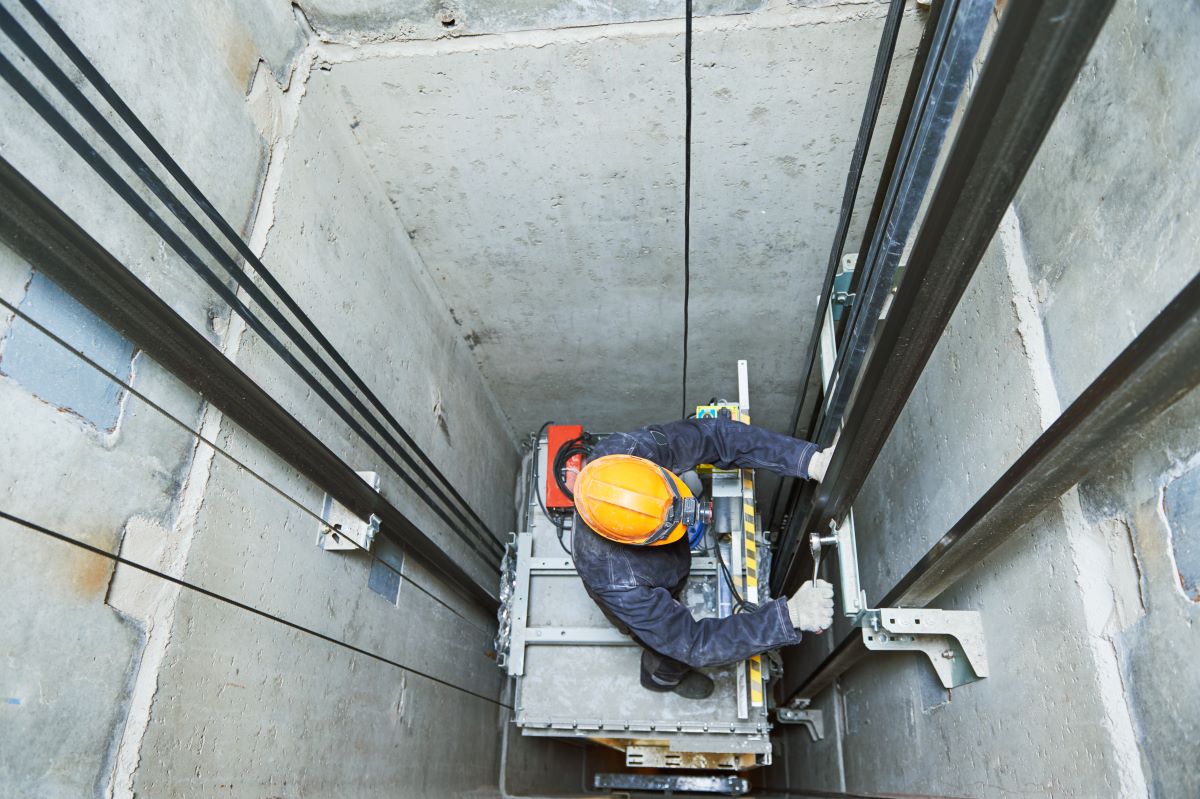
Chairs
If you’ve ever visited the dentist, you’ll notice how the chair is usually raised or lowered to bring you up to the correct height ready for your procedure. This motion is powered by hydraulics, lifting the chair up and down as required.
The same applies to the likes of office chairs and barbers chairs, though these are typically a more manual operation which involves a hand lever or foot pedal.
Cars
Perhaps one of the least surprising outcomes of this article, but it’s worth mentioning that the car you drive every day is packed with hydraulics.
Most vehicle braking circuits use hydraulic action on all four wheels of a car, which cause the vehicle to slow down or stop based on the pressure applied to the brake.
Hydraulics can also be used to power other features of vehicles such as windscreen wipers and power steering, along with shock absorbers to ensure a smoother, more enjoyable drive.
This by no means is an exhaustive list of where hydraulics can be found, but it does demonstrate just how versatile and intelligent the technology is. Where would we be today without the invention of hydraulics?

